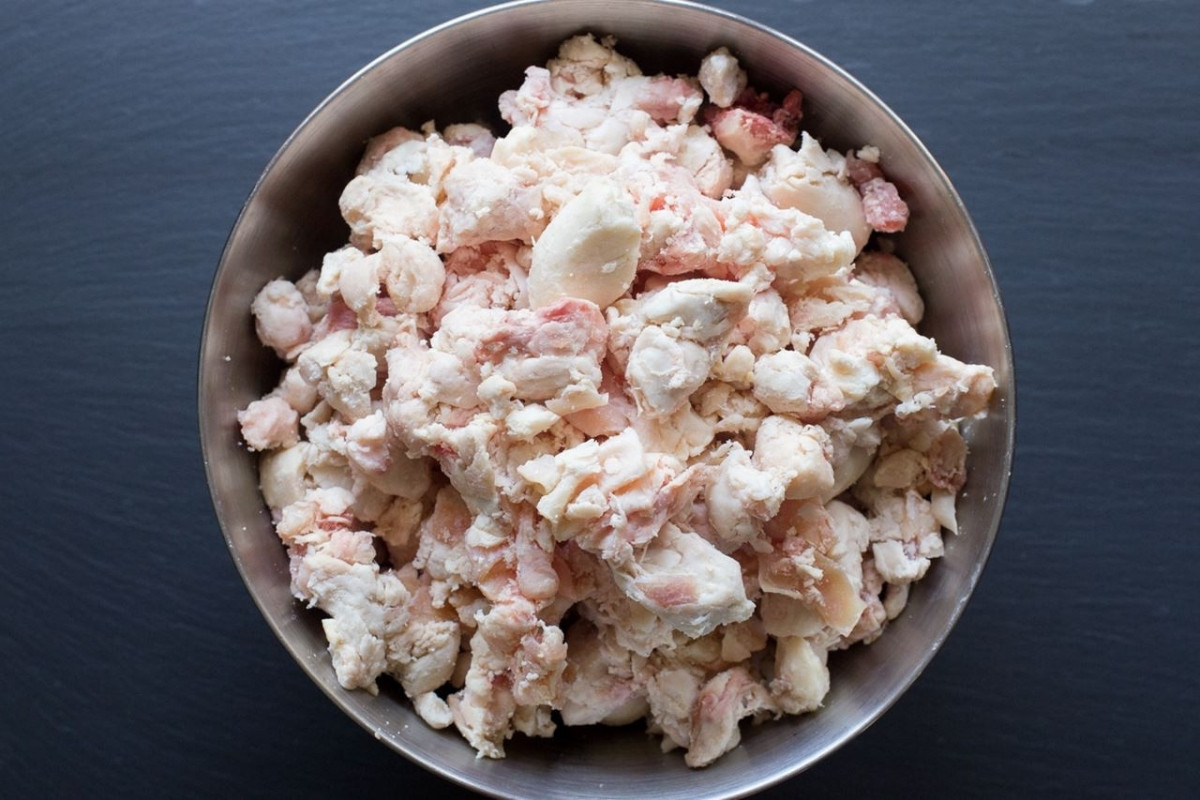
What is suet? Suet is the raw, hard fat found around the kidneys and loins of beef or mutton. Why is it important? This fat is prized for its high melting point and unique texture, making it ideal for cooking and baking. How is it used? Suet is often rendered into tallow, used in traditional British puddings, pastries, and even bird feeders. What makes it special? Unlike other fats, suet remains solid at room temperature, providing a distinct consistency to dishes. Is it healthy? While high in saturated fats, suet is also rich in energy and certain vitamins. Where can you find it? Butchers and specialty stores typically carry suet, though it can also be sourced from local farms. Why should you care? Understanding suet can elevate your culinary skills and provide a deeper appreciation for traditional cooking methods.
What is Suet?
Suet is a type of animal fat, typically derived from beef or mutton. It has a high melting point, making it ideal for various culinary and non-culinary uses. Let's dive into some fascinating facts about suet.
-
Suet is the hard fat found around the kidneys and loins of cattle and sheep.
-
It has a high melting point, usually between 113°F and 122°F (45°C and 50°C).
-
Suet is often used in traditional British recipes like Christmas pudding and mincemeat pies.
-
It can be rendered into tallow, which is used for making candles and soap.
-
Suet is a key ingredient in bird feeders, providing essential energy for wild birds during winter.
Culinary Uses of Suet
Suet has been a staple in many traditional dishes, especially in British cuisine. Its unique properties make it perfect for certain recipes.
-
Suet is used in making dumplings, which are often added to stews and casseroles.
-
It is a crucial ingredient in spotted dick, a classic British steamed pudding.
-
Suet crust pastry is used for savory pies like steak and kidney pie.
-
It helps create a flaky texture in pastries due to its high melting point.
-
Suet can be grated and mixed into flour to make a rich, crumbly dough.
Suet in Bird Feeding
Bird enthusiasts often use suet to attract and nourish wild birds. Its high-fat content provides much-needed energy, especially in colder months.
-
Suet cakes are a popular bird food, often mixed with seeds, nuts, and dried fruits.
-
Birds like woodpeckers, nuthatches, and chickadees are particularly attracted to suet.
-
Suet feeders come in various designs, including cages and logs with drilled holes.
-
Homemade suet can be made by melting suet and mixing it with birdseed.
-
Suet should be used with caution in warmer climates, as it can spoil quickly.
Historical and Cultural Significance
Suet has played an important role in various cultures and historical periods. Its uses extend beyond the kitchen.
-
In medieval Europe, suet was used to make candles before the advent of paraffin wax.
-
Suet was a valuable commodity on ships during long voyages, used for cooking and preserving food.
-
Traditional Scottish haggis includes suet as a key ingredient.
-
Suet has been used in traditional medicine for its supposed healing properties.
-
In some cultures, suet is used in rituals and ceremonies.
Nutritional Information
While suet is high in fat, it also contains essential nutrients. Understanding its nutritional profile can help make informed dietary choices.
-
Suet is rich in saturated fats, which can raise cholesterol levels if consumed in excess.
-
It contains vitamins A, D, E, and K, which are fat-soluble and essential for various bodily functions.
-
Suet provides a concentrated source of energy, making it useful in high-calorie diets.
-
It is low in carbohydrates and protein, focusing primarily on fat content.
-
Suet should be consumed in moderation due to its high calorie and fat content.
Environmental Impact
The production and use of suet have various environmental implications. It's important to consider these factors when using suet.
-
Suet production involves the meat industry, which has a significant carbon footprint.
-
Using suet for bird feeding can support local wildlife, especially in urban areas.
-
Rendering suet into tallow can reduce waste by utilizing parts of the animal that might otherwise be discarded.
-
Homemade suet reduces packaging waste compared to store-bought bird food.
-
Ethical sourcing of suet can help minimize environmental impact.
Fun Facts About Suet
Let's end with some quirky and lesser-known facts about suet that might surprise you.
- Suet can be used to make traditional soap, known for its moisturizing properties.
Suet's Surprising Facts
Suet, often overlooked, holds a treasure trove of fascinating facts. From its role in traditional British cuisine to its surprising use in bird feeders, suet has a rich history. It’s not just for cooking; suet's high energy content makes it a favorite for wildlife during harsh winters. Historically, it played a crucial part in candle making, providing light before electricity became widespread. Suet also finds its way into various cultural dishes, adding unique flavors and textures.
Understanding suet's versatility can change how you view this humble fat. Whether you're a foodie, a history buff, or a nature lover, suet offers something intriguing. Next time you see suet in a recipe or a bird feeder, remember these surprising facts. It’s more than just an ingredient; it’s a link to history, nature, and culinary traditions.
Was this page helpful?
Our commitment to delivering trustworthy and engaging content is at the heart of what we do. Each fact on our site is contributed by real users like you, bringing a wealth of diverse insights and information. To ensure the highest standards of accuracy and reliability, our dedicated editors meticulously review each submission. This process guarantees that the facts we share are not only fascinating but also credible. Trust in our commitment to quality and authenticity as you explore and learn with us.
